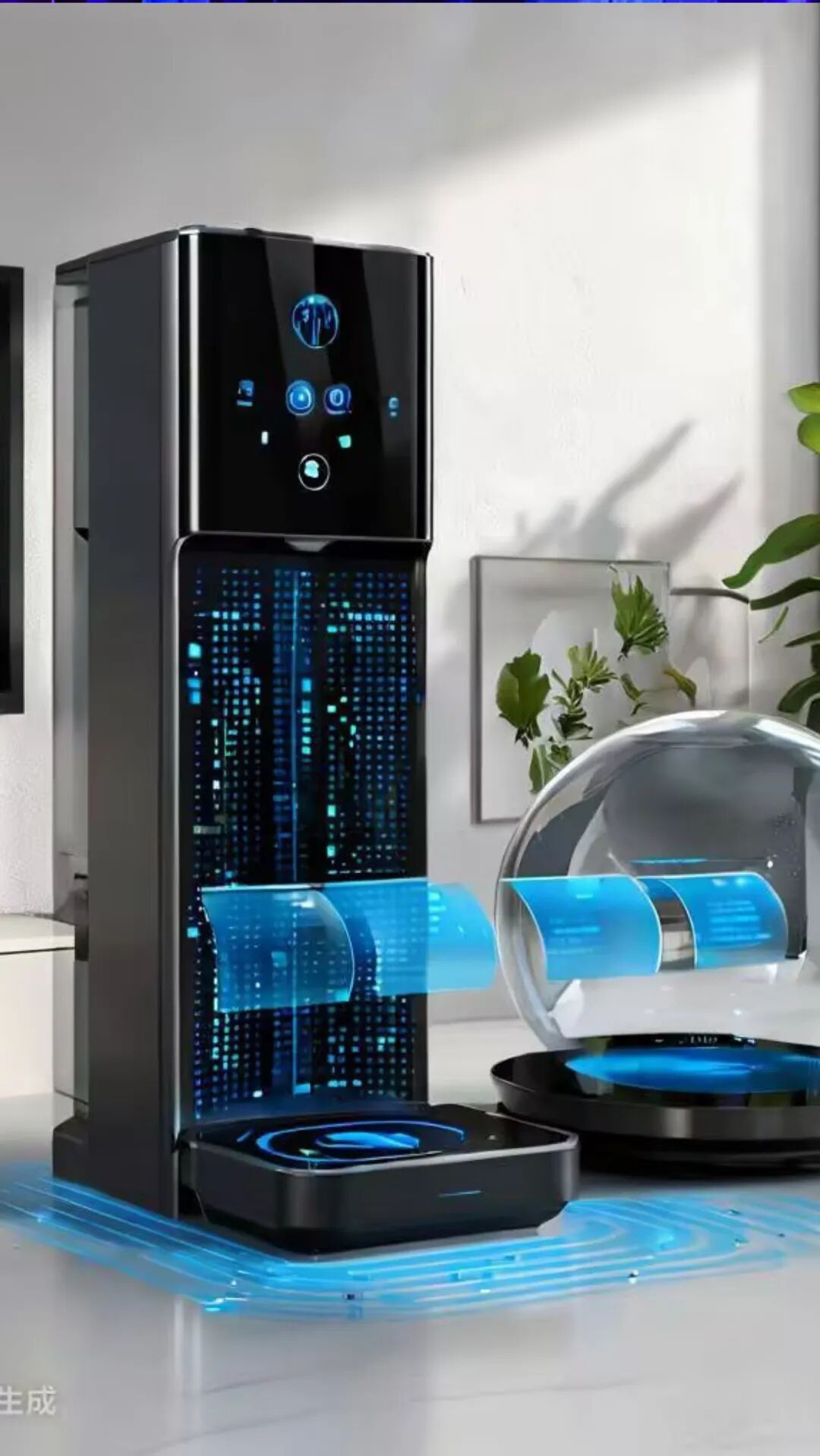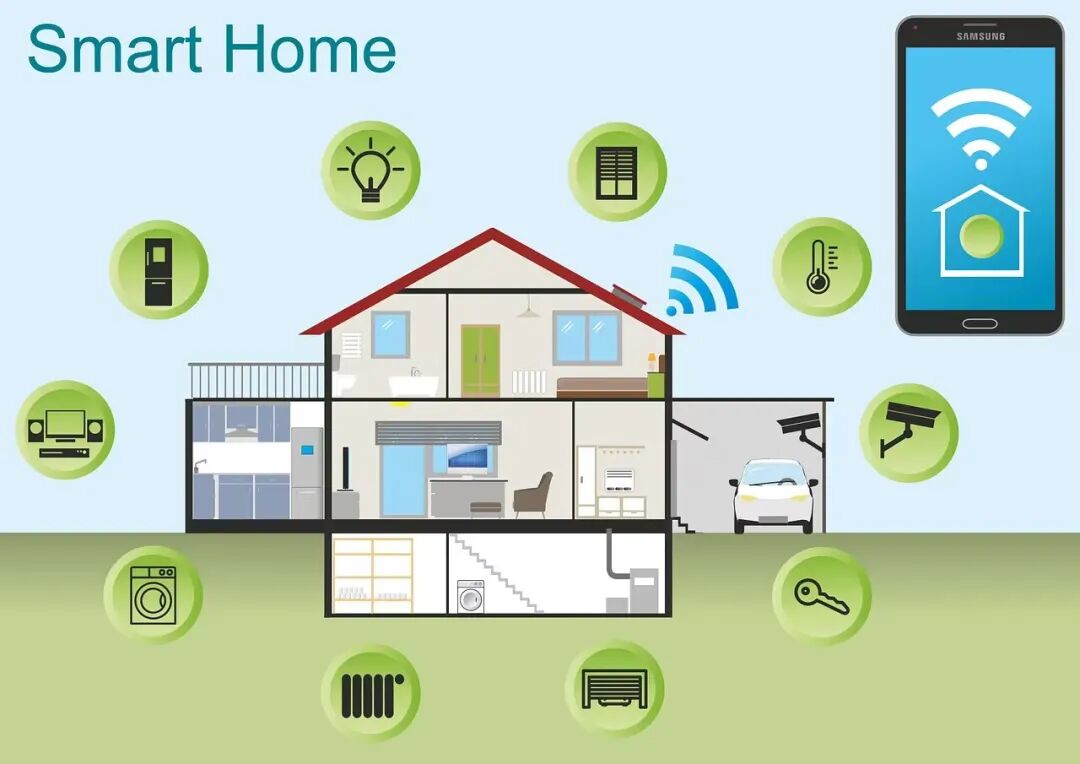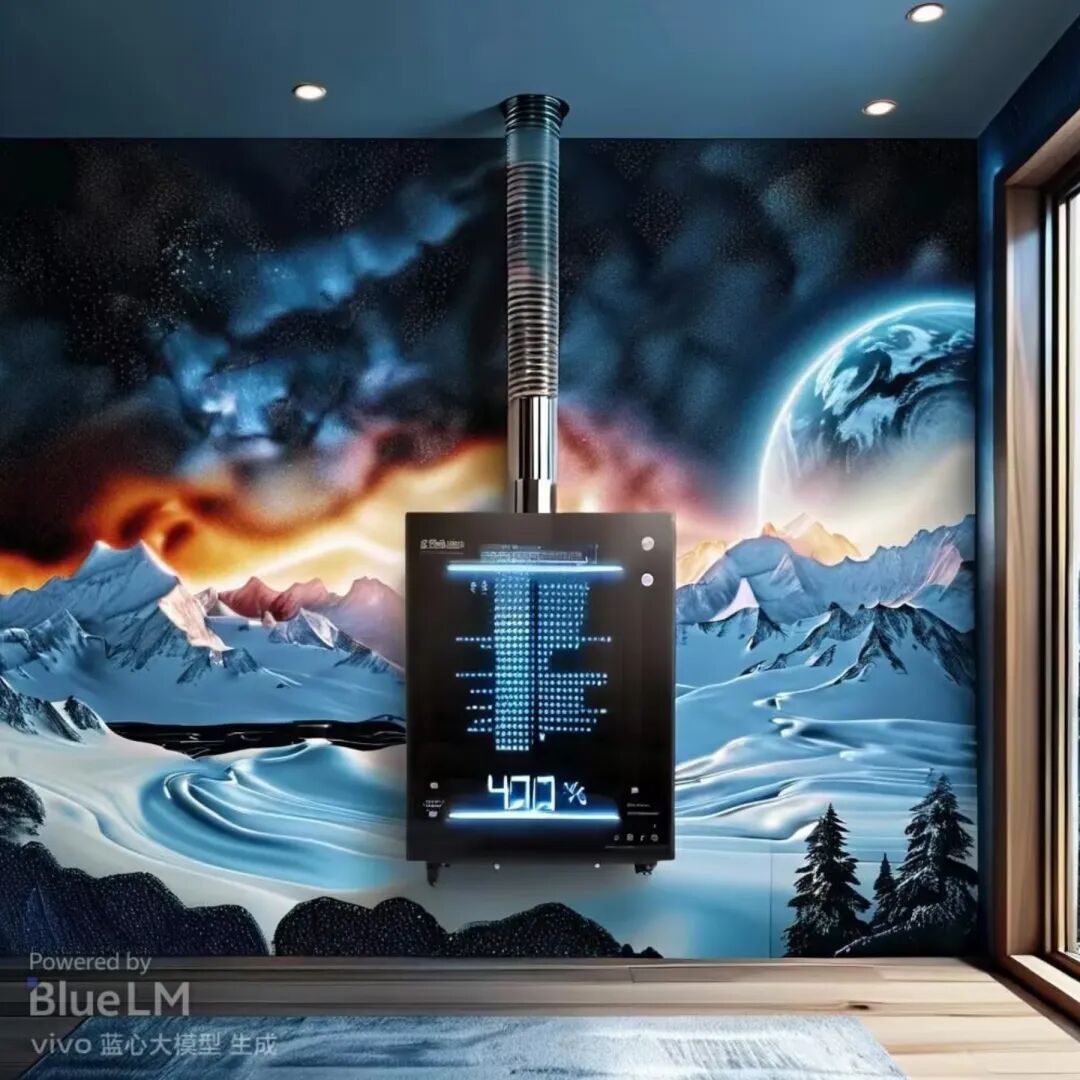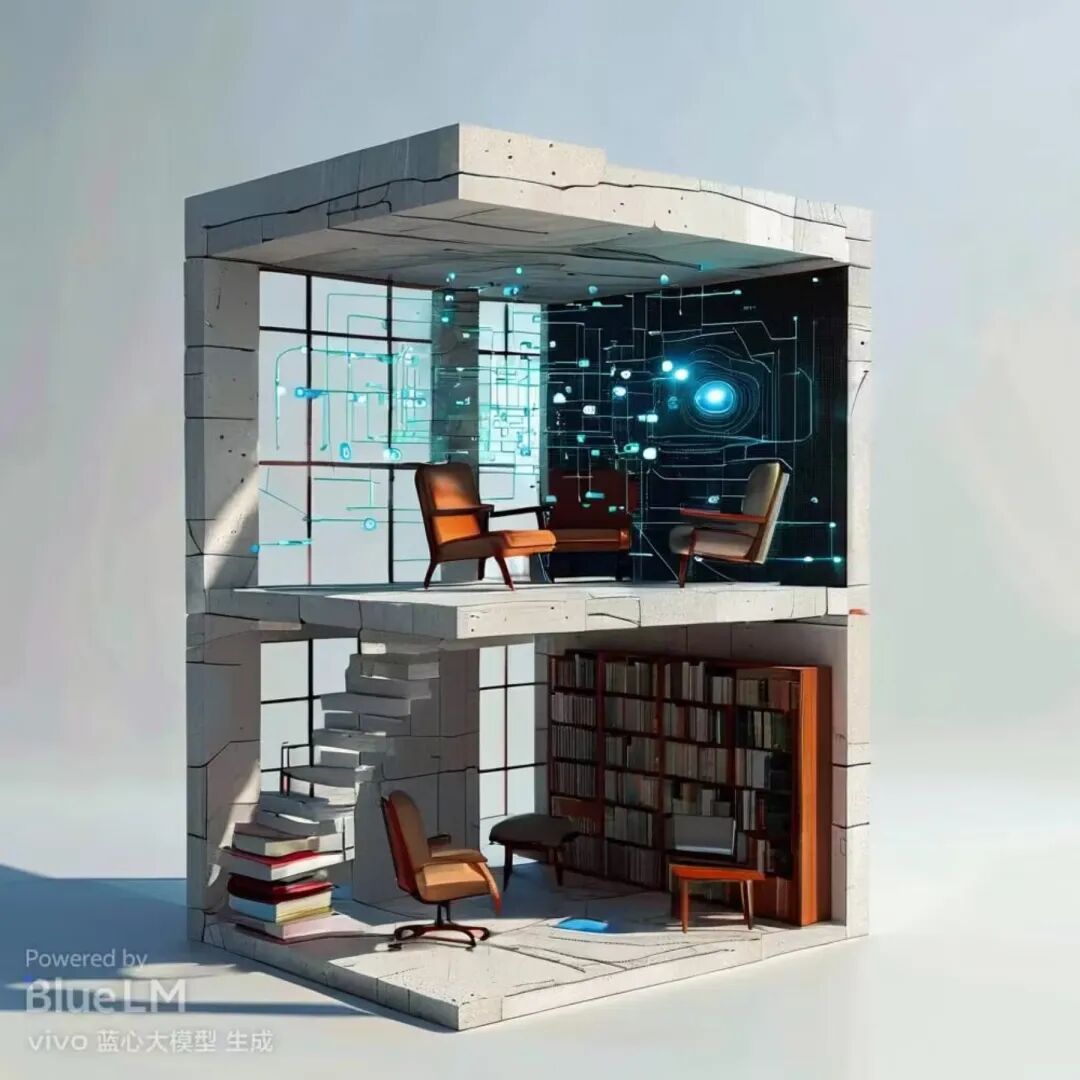Smart Home:
Technology Gives Space a Warmth
At 6:30 AM, the curtains quietly open, morning light gently calls; the coffee machine senses movement in the bedroom, grinding aromatic coffee. Smart homes transition living spaces from mechanical execution to intelligent coexistence.
From “Remote Control” to “Thinking”: Awakening of Space

Traditional smart homes stop at remote control, while the new generation of systems has evolved to possess life-like perception and decision-making capabilities:
Spatial Perception: Millimeter-wave radar and fiber optic sensors form the “nerve endings” that can monitor heart rate without contact, recognize falling actions, and even automatically optimize air conditioning airflow paths through temperature differences.

Autonomous Decision-Making: MIT’s Hestia system analyzes appliance status from circuit fluctuations, autonomously scheduling energy use—running the dishwasher during off-peak electricity prices and automatically closing windows in anticipation of rain.
Metabolic Cycle: German experimental houses combine photovoltaic facades, energy storage walls, and greywater recycling systems, allowing buildings to autonomously supply energy and recycle resources like living organisms.
Invisible Technological Revolution
This transformation is supported by five technological breakthroughs, which are:
Passive Internet of Things: Tsinghua University’s cutting-edge technology transforms furniture into sensors that can transmit data without a power source.
Edge Intelligence: Integrated storage and computing chips achieve local real-time decision-making, ensuring that private data never “leaves home”.
Flexible Electronics: Nano-films as thin as a cicada’s wing embedded in walls can sense pressure fluctuations and collect energy.
Optical Communication: Light transforms into a 550 Mbps transmission channel, safer than Wi-Fi.
Digital Twin: NVIDIA’s platform constructs virtual homes, providing 30-day advance warnings for equipment failures.
01

Reconstructing Aesthetic Living
Smart homes are redefining quality of life:
Health Steward: Nighttime radar guards breathing, smart toilets screen intestinal health, and air systems dynamically purify the air.
Energy Curation: Home microgrids participate in electricity trading, and water heaters learn habits to save 40% energy.
Spatial Poetry: Wallpaper changes texture with day and night, AR window views project the starry sky of the Alps, and sound field technology creates private conversation bubbles.

The Warmth and Boundaries of Technology
While enjoying convenience, humanity faces many new challenges, such as:
Data Sovereignty: The EU grants users the “right to be forgotten” digitally, while China requires 90% of data to be processed locally.
Algorithm Ethics: When air conditioning autonomously raises temperatures to save energy, should AI have ethical boundaries?
Invisible Intelligence: 62% of users fear technological complexity, leading the industry to pursue “seamless experiences”—truly good technology should exist as unobtrusively as air.
The Future: Coexistence of Humans and Homes
Homes in 2030 will exhibit three major characteristics:
Buildings as Organisms: Walls become computing units, and windows transform into quantum communication interfaces.
Democratization of Furniture: Chairs learn sitting postures and automatically adjust, while bookshelves recommend unread good books.
Symbiosis of Humans and Machines: Brain-machine interfaces directly connect to home systems, with thoughts driving spatial responses.

Returning to Essence
As the wave of technology recedes, the electromechanical wisdom behind smart homes becomes increasingly clear—it is not a cold pile of technology, but the fusion of mechanics and AI that provides thoughtful care for life:
Algorithms and mechanics coordinate to precisely control, understanding the fatigue of late-night work, dimming lights and preparing warm water.
Sensing and control collaborate to protect children’s anxiety of sleeping alone, dispelling darkness with warm light.
Mechanics and electronics intertwine, preserving the warmth of an old rocking chair from ancestors, allowing memories and technology to coexist.
One day, when we mention “home”, we will no longer distinguish whether it is smart. Because true wisdom has already integrated into every corner of life—unseen in its complexity, yet evident in its warmth, infusing homes with overflowing affection.


Planning | Electromechanical College Multimedia Center
Text | Kang Shuying
Images | pixabay, Lanhua Intelligent
Typesetting | Han Chenxi
First Review and Proofreading | He Jialin
Second Review and Proofreading | Zhang Linglong
Third Review and Proofreading | Deng Youtian